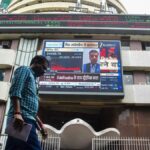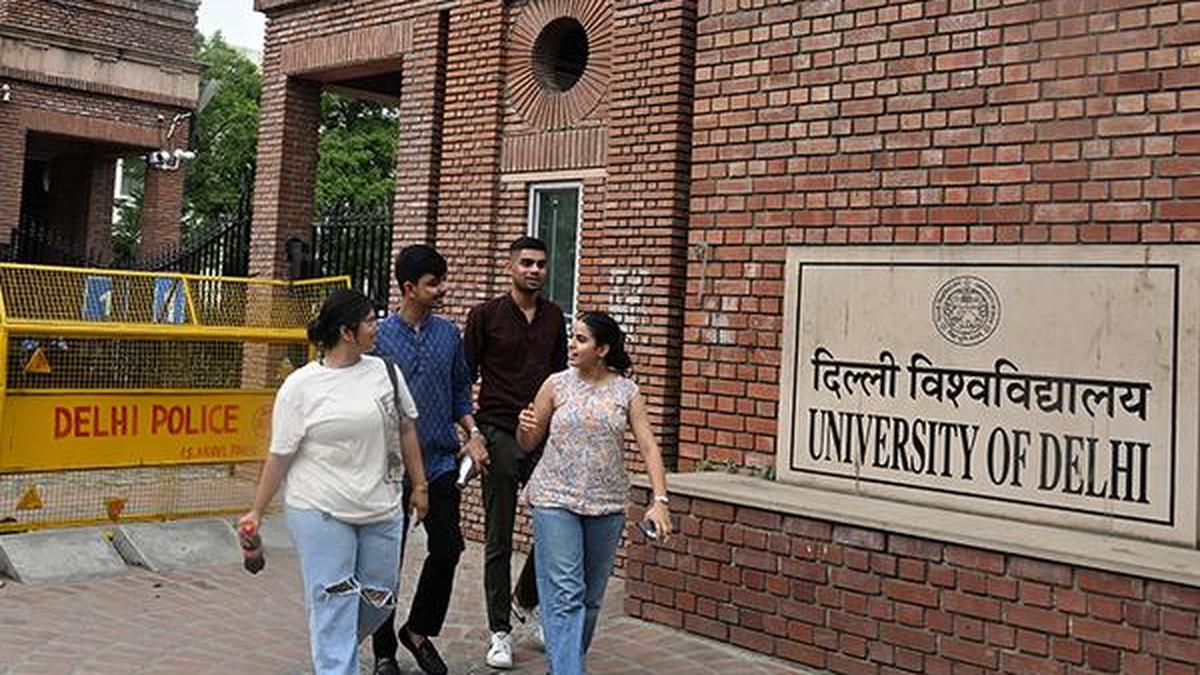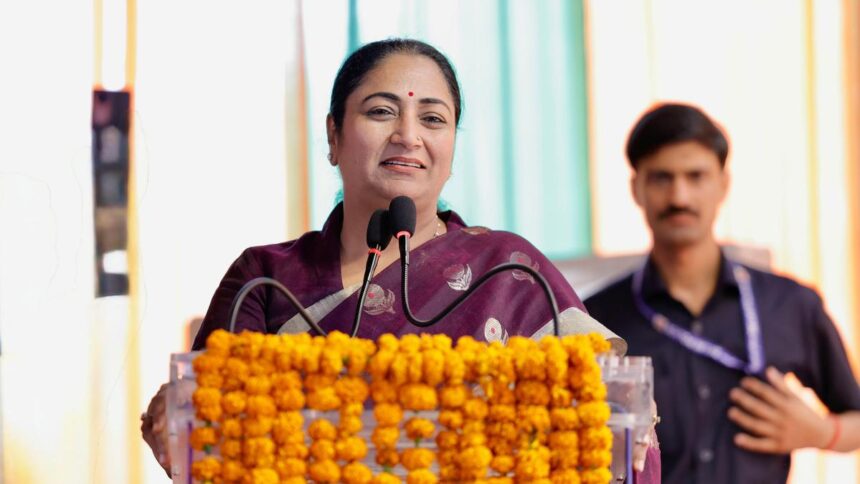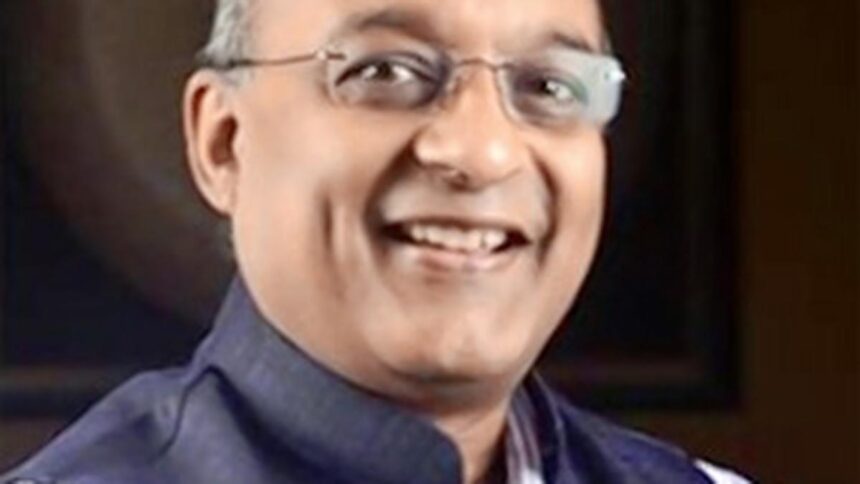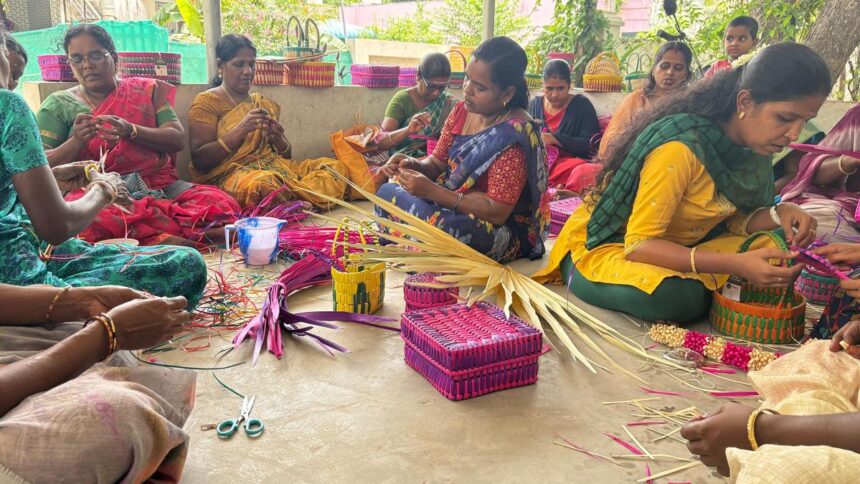In the Marodhi Jattan village of Rohtak district in Haryana, 17-year-old Rinki was set on pursuing a BA programme at Delhi University (DU) until her hopes were abruptly dashed.
“When I went to apply for the CUET (Common University Entrance Test) at the Common Services Centre, I was told I was not eligible because the minimum age is 18,” she says. In reality, there is no such age limit. She still breaks down recalling how she was misinformed.
Her mother says, “We want our daughter to have a bright future, but we don’t know how or where to apply.”
CUET became mandatory for undergraduate admissions to Central universities in 2022, replacing board-based admissions. Over the past three years, institutions like the Jawaharlal Nehru University have shifted to fully digital, centralised systems such as DU’s Common Seat Allocation System (CSAS).
Every village across India has a government-run common services centre (CSC), which is often the only place where students from rural areas can access online forms for higher education. Those without laptops prefer travelling nearly 17 km to cyber cafes in Rohtak city for detailed information. Even as the undergraduate admission process for DU is under way, many students remain undecided about their future. Teachers and activists The Hindu spoke to for the story said that while some of the students prefer colleges in their area, those who wanted to study in DU are seeing their dreams fade due to misinformation, complex digital processes, and costs.
Lengthy process
In a government school in the Marodhi Jattan village, very few students have their career paths figured out. Teacher Surender Singh explains, “Earlier, many students aspired to go outside Haryana for studies. Now, the admission process involves multiple steps, including registration, obtaining a rank, creating a preference list, and accepting or rejecting colleges – all done online. Only children from well-informed or elite families manage to complete the process.”
His daughter, Suahana Singh, recently enrolled in DU’s Hindu College for a postgraduate degree in Mathematics. She says she had to travel to Rohtak at least four times during the process, paying ₹100 per visit to a cybercafe. She tracked application updates via e-mail on her smartphone.
Her father adds, “Most parents here cannot afford this kind of time or financial commitment for admissions. From our end, we try to counsel students and tell them about their options.”
Information gaps
Though DU conducts webinars and releases detailed guidelines, critical information rarely reaches students from marginalised backgrounds, says social activist Sunil Jaglan, who works on education and gender issues in Haryana. “In most villages, only one or two students apply to Central universities. Information is passed down from one batch to another. So, if no one goes this year, there will be an information vacuum next year,” says Mr. Jaglan.
Lack of counselling in schools adds to the problem. “There is no guidance on the process, and parents are also worried about expenses and the safety of their daughters,” he adds.
In Bahadurgarh, closer to Delhi, Class 11 student Meenu says confidently that she wants to pursue BCom (Hons) from DU. But ask her about CUET and she says, “I don’t know about any such test.”
Digital divide
In Bhali Anandpur village, youth flock to Satpal Singh at the local government-run CSC for help with college applications, exams, and job forms. “Five or six years ago, many students applied to universities in Delhi. Now, only a few do. Either because it’s a lengthy process, or because more students are choosing to stay back in Haryana, where the education system has improved,” he says. Cybercafe owners in Rohtak also feel the same. Out of 100 students, only a handful aim for Central universities, they say.
While DU says the online process has led to greater diversity, it has also acknowledged challenges. Last month, it launched a skill training programme for students from Scheduled Tribes and remote areas, including CUET orientation, to improve access. A university official told The Hindu that working on increasing awareness among students is necessary, as many rural students lose track of their application status because they apply using cybercafes’ e-mail IDs.
Some teachers have noticed a visible decline in classroom diversity. Miranda House Professor Abha Dev Habib observes, “Fees are rising, and Delhi is becoming more expensive. With CUET, parents struggle to afford coaching. First-generation learners feel overwhelmed; they know they are competing against students who have access to coaching classes.”
She adds, “The form-filling itself is daunting. That is where the digital and information divide hits hardest.”
Published – July 14, 2025 07:26 am IST




